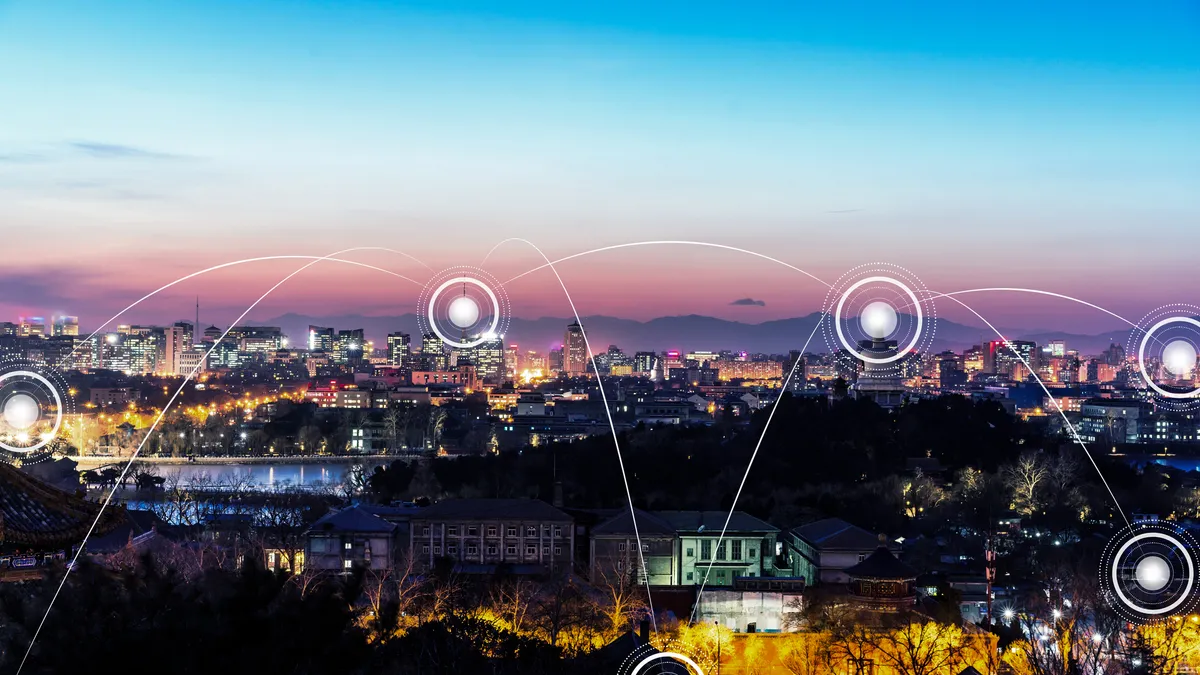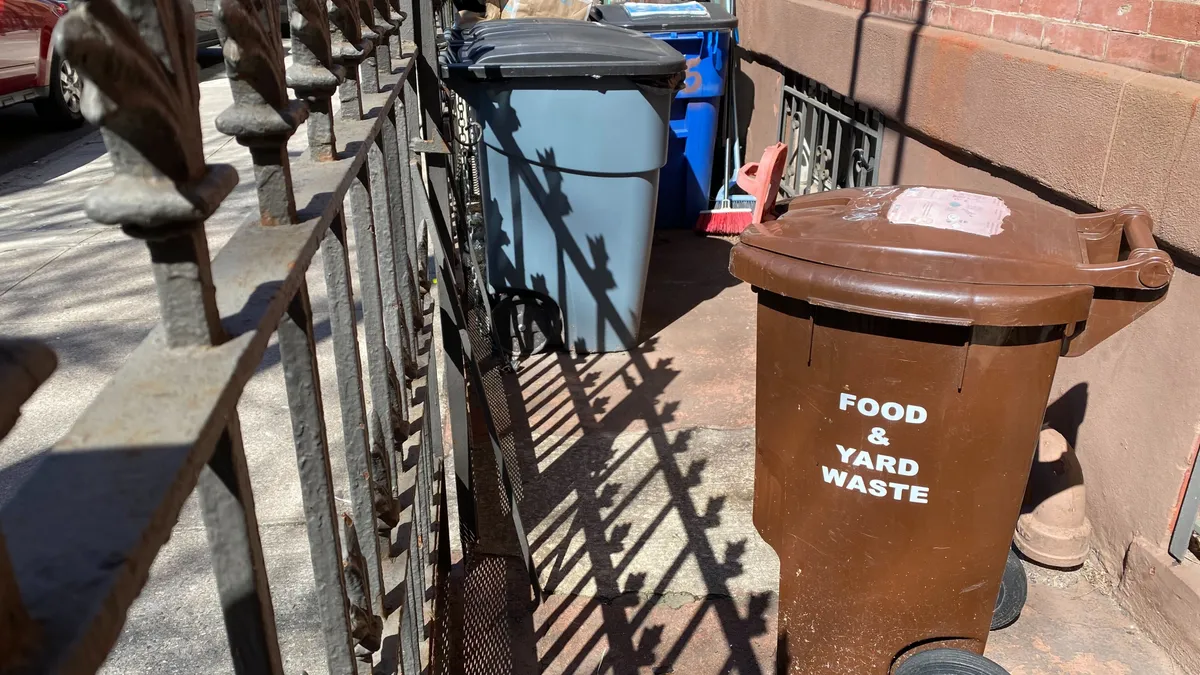Editor's Note: The following is a guest post from Mauricio Rodas, former mayor of Quito, Ecuador, and Ian Klaus, senior fellow at the Chicago Council on Global Affairs.
The diplomatic world is convening in New York City this week with all the speeches, cocktail parties and backroom meetings that make up High-Level Week of the United Nations General Assembly (UNGA).
This annual event focuses the mind and schedules of heads of government and foreign ministers worldwide. Aside from a few wonky globalists, its policy debates and details have long been lost on casual observers, but that is changing.
Indeed, a new audience, and new set of voices, have emerged at UNGA and in the UN system writ large: mayors and cities.
Among the many topics on the weeklong agenda is the SDG Summit — the first high-level meeting of heads of state and government since the adoption of the 2030 Agenda for Sustainable Development. The 2030 Agenda and its 17 Sustainable Development Goals (SDGs) compose the international community’s signature effort to end poverty, fight inequality, and protect the planet.
The Agenda and the SDGs were adopted after extensive negotiations between nations. And while outside observers had the opportunity to offer input and expertise, international politics drove the negotiations. Consistent with that precedent, and diplomatic norms, nation-state leaders will deliver prepared speeches on how their countries are progressing, deliberate on how to accelerate achievement, discuss whether to revise targets and possibly adopt a political declaration.
Despite the primacy of nation-states in diplomacy and at the UN podium, cities are on the frontlines of the challenges the SDGs address. With over 50% of the world’s population currently living in cities, the goals of no poverty, zero hunger, good health, quality education, decent work and justice need cities to lead. And with cities responsible for 70% or more of global greenhouse gas emissions, the goals of clean energy, sustainable cities, climate action, life below water and life on land won’t succeed without local implementation.
According to the Organisation for Economic Co-operation and Development (OECD), nearly 70% of the development targets that make up the 17 SGDs will require action from local and regional governments.
Nation-state leaders will talk. That is their job, and indeed how diplomacy works. For mayors, of course, it is different. Their writ includes both podiums and potholes, both politics and action. And as such, cities around the world are stepping up and collectively advancing the goals with concrete and specific actions. Sixteen cities have voluntarily pledged to sign a declaration that they will implement the global goals, and many of them have already published their own Voluntary Local Reviews (VLR), a process created by New York City.
Through city diplomacy, Helsinki adopted the VLR model and became the first city in Europe to publish its results. Los Angeles has an SDG Fellow in the Mayor’s Office tasked with aligning the city’s plans with the SDGs. Bristol benefited from the expertise of independent researchers at the Cabot Institute for the Environment at the University of Bristol to conduct their VLR and identify areas that needed more concerted investment to achieve the goal, such as in reducing inequalities and providing affordable housing options.
Honolulu’s mayor has committed to the goal of 100% renewable ground transportation by 2045 and planting 100,000 new trees by 2025.
Helsinki’s VLR examined the SDGs against its own Helsinki City Strategy and Carbon Neutral Helsinki plans. As Mayor Jan Vapaavuori writes in the introduction, "our goal is to achieve concrete actions and results – not just to produce reports."
These cities are holding themselves to account on issues such as equality and climate not under threat of coercion, but in response to both local politics and the moral imperative to act now.
A new report points out that cities have unique strengths when it comes to implementation of the SDGs. Cities have administrative flexibility, the capacity to engage directly with citizens, access to city networks and collaborations and the ability to lead even if their national governments will not.
This global engagement need not be limited to megacities. Secondary and tertiary cities and cities in low-income countries can use city diplomacy as a powerful tool to make their voices heard in the international arena, especially regarding access to financing and capacity building.
City diplomacy, practiced through diverse platforms and programs, often has a distinctly different feel from state-to-state diplomacy. Not only are cities perceived as being more neutral, but also negotiations between cities are more fluent, efficient and without the rigid protocols that prevent action. Instead, these interactions aim for collective action with counterparts.
Make no mistake, there is no naivete here about the difficulty of working in cities. Urban areas face many challenges, from standardizing data and accessing finance, to improving governance, and regulating public-private partnerships. Cities, the networks through which they organize themselves, and the international organizations with which they work are focused on just these challenges because meeting them will is necessary to meeting challenges both local and global.
As Greta Thunberg reminded us just this week, power and authority can be found in many sources. So as leaders convene in New York, don't ignore this pivotal moment we are witnessing. Cities are leading on the SDGs, as ambitious and ambiguous as they are.
They are taking action, adapting their resources, strategies, and priorities as they can, and leveraging partnerships and collaborations to ensure results. We'll find ways to support their success, and we hope you will too.



















